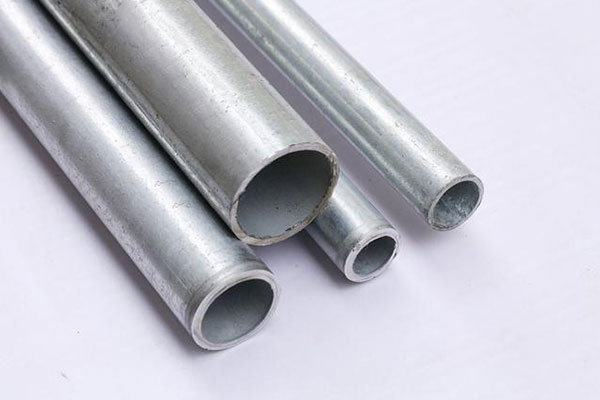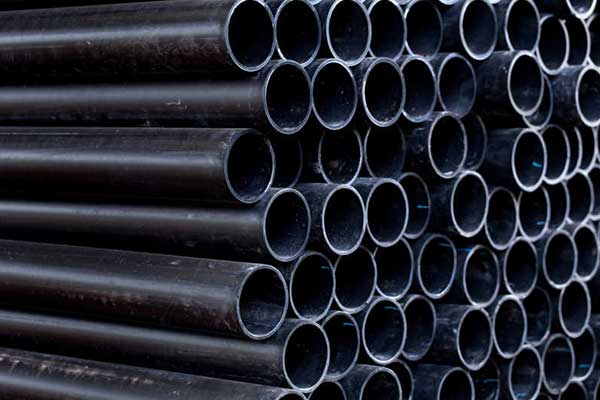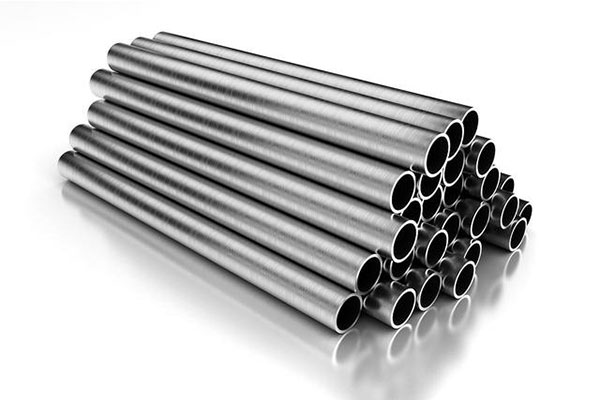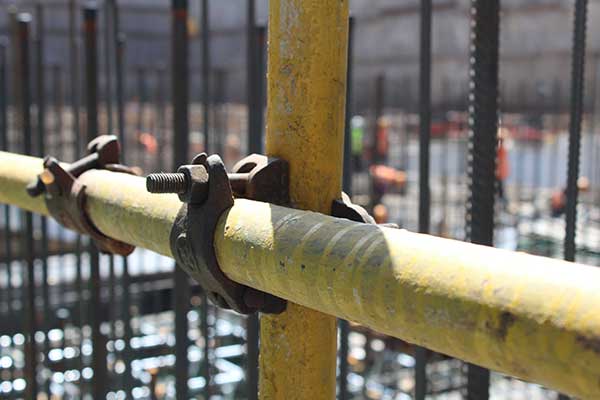What Type of Pipe is Used for Scaffolding?
Scaffolding plays a crucial role in construction, providing a stable and secure platform for workers and materials. The choice of pipe for scaffolding is essential, as it affects the structure’s strength, durability, and safety. In this article, we will explore the types of pipes used in scaffolding, their materials, specifications, and benefits.
Common Types of Scaffolding Pipes
Scaffolding pipes are typically made from steel or aluminum, with steel being the most widely used due to its high strength and durability. Below are the main types of scaffolding pipes:
1. Galvanized Steel Pipes

Galvanized steel pipes are the most common choice for scaffolding due to their corrosion resistance and durability. These pipes undergo a hot-dip galvanization process, coating them with a protective layer of zinc to prevent rust.
Advantages
- High strength and load-bearing capacity
- Long lifespan due to rust resistance
- Suitable for outdoor and harsh weather conditions
Common Specifications
- Diameter: 48.3mm (standard size)
- Thickness: 3.2mm or 4.0mm
- Material: Q235 or Q345 steel
2. Black Steel Pipes
Black steel pipes are untreated steel pipes commonly used in scaffolding but require maintenance to prevent rust. They are cost-effective compared to galvanized pipes.

Advantages
- Strong and durable
- Lower initial cost compared to galvanized pipes
Disadvantages
- Prone to rust and corrosion without treatment
3. Aluminum Scaffolding Pipes

Aluminum scaffolding pipes are lightweight and corrosion-resistant, making them ideal for mobile or temporary scaffolding structures.
Advantages
- Lightweight, easy to transport and assemble
- Naturally corrosion-resistant
- Suitable for indoor and low-load applications
Disadvantages
- Lower load-bearing capacity than steel
- Higher cost compared to steel pipes
Scaffolding Pipe Standards and Regulations
Different countries have specific regulations and standards for scaffolding pipes to ensure safety and stability. Some commonly followed standards include:
- BS EN 39 – European standard for steel scaffolding tubes
- BS 1139 – British standard for scaffolding components
- ANSI/SSFI SC100-5 – American scaffolding standards

Choosing the Right Scaffolding Pipe
When selecting scaffolding pipes, consider the following factors:
- Load Requirements – Steel pipes are best for heavy-duty applications, while aluminum is suitable for lighter structures.
- Corrosion Resistance – Galvanized steel and aluminum are ideal for long-term outdoor use.
- Budget – Black steel pipes are cost-effective but require maintenance.
- Compliance with Standards – Ensure pipes meet industry regulations for safety.
Conclusion
The type of pipe used for scaffolding depends on the project’s requirements, budget, and environmental conditions. Steel pipes remain the most popular choice due to their strength and versatility, while galvanized and aluminum pipes offer additional benefits in terms of corrosion resistance and lightweight handling. Choosing the right scaffolding pipe ensures safety, efficiency, and durability in construction projects.
If you’re looking for high-quality scaffolding pipes, contact us today to get the best solutions for your construction needs!
